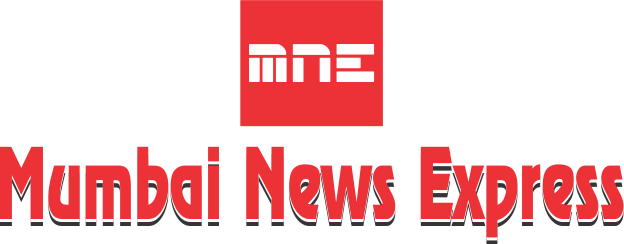Supply ramped up from 250 MT to 1000 MT in ten days
As many as 91 oxygen tankers arranged
Oxygen control room, Oxygen audit and tracking dash board to regulate oxygen supply in the hospitals
With the sudden COVID-19 spike, experienced in UP and India at large, the immediacy for all involved was to stabilise the situation as quickly as possible and stop it from getting worse. Liquid Medical Oxygen (LMO) being one of the most critical elements for clinical treatment of Covid, had to be managed at a war footing. The Uttar Pradesh government focused on the most important metric – location of assets and managing the movement of assets to carry as much oxygen as possible with an underlying focus on optimisation.
The task at hand was an arduous one but had to be accomplished. It was only later, that we came to know that the oxygen demand of about 250 Metric Tonne on normal days had to reach about 1000 metric tonne and that too was met with some meticulous planning and scientific approach.
Solution
Within 24 hours of taking the call on the oxygen supply, UP Government activated the teams all over UP and other sourcing states like Jharkhand, West Bengal & Odisha to intercept the trucks carrying oxygen cylinders, deployed an application that was downloaded on smart phones- which were then placed in each of the trucks plying, without disturbing their ongoing route. Simple SOP to be followed – keep the phone on and do not touch it, because it was simply used to track their live location.
Key macro-decisions undertaken were to deploy the rail network to bring oxygen supplies from the eastern states to UP and airlift the empty cylinders with the help of the Air Force, using airports like Agra, Hindon & Lucknow back for re-filling.
This information was fed into a live dashboard, which was able to display all the trucks carrying oxygen & helped the decision makers to address the allocation gap smartly and swiftly to stabilise the firefight for the oxygen supply. Real time information on tankers and their movement, being the most critical element of the O2 supply chain, was displayed using the dashboard to decision makers. The dashboard called “OxyTracker” was used to visually flag the efficiency of the entire fleet with one sweep of the eye. Key elements displayed about tankers include: “running”, “idle”, “transit empty or full”, “ETA to destination”, “driver name” and “number” and “quantity” being carried, “tankers travelling by plane, train or road”.
Approach and capacity building
-
Created 5 major hubs in UP – Modinagar, Agra, Kanpur, Lucknow and Varanasi as the primary and then Bareilly and Gorakhpur as the secondary hubs for optimising the entire supply chain.
-
These hubs fed the regions around them, within the cycle time limit of 10 hr max. Meaning, all the tankers that will arrive within these hubs have to be shipped within these regional centres and distribute the oxygen at designated places and reach the airports – within 10 hrs.
-
Each of these hubs have the airports & these airports were used to bring the tankers back to shipping points – places where UP has been allocated the gas quota –Jamnagar, Jamshedpur, Bokaro, Durgapur, Haldia and few other centres in Bengal.
All the shipping centres are within the earshot of the airports too. The airlifts saved 40% in cycle team.
-
Once the empty tankers are back in batch of two, get them filled asap, put them rail yard or loading and hopping, as quickly as possible, in a batch of 4. Ship the train with rakes with 4 tankers on it. Each train to carry at least 80 MT to dedicated hub point.
-
Once the train leaves, based on from where, one will start receiving trains at one of the hubs within 16-22 hrs range , based on shipping point and the hub.
-
Once the hub receives the tankers, run them on set routes within the zone to keep the cycle time within 10 hrs to provide ample time for the Airforce to manage the queue. Airforce needed to operate 16 flights per day between hubs and shipping centres.
7 One of the critical elements or advantage of this model was that within 3 days the entire state of up was able to supply 800 mt of oxygen to all major health servicing centres every 24 hours, in a very predictable manner.
8 Presently, a District-wise Daily Oxygen Supply Report is being compiled in order to closely monitor the status of supply of oxygen in the State. Apart from the hospitalised patients who are being administered LMO, the government is also collecting information from all the district of the State in regard to the quantity of LMO supplied to home isolated patients requiring oxygen support.
-
That for monitoring the Oxygen availability at the State level, a Special Control Room has been established led by Additional Chief Secretary, Home and Principal Secretary, Food Safety and Drugs Administration. This Control Room coordinates with the Departments of Medical Health, Medical Education, Industries, Transport and Home and ensures supply of oxygen through process of Refilling as well as directly to Hospitals after ascertaining actual need and raising such demands from the Central Government.
-
The existing working oxygen generation (PSA) plants in the State are 25 in number.
